One of the main questions I see from creationists who hold to an Upper Cenozoic Flood boundary, whether a Pliocene-Pleistocene model, or the even crazier ‘Ice Age fossils are Flood fossils’ idea, is, “Shouldn’t we see such-and-such living animal in Flood deposits?” followed by the corollary, “Why would such-and-such Cenozoic animal lineage be extinct today, if it survived so extensively after the Flood?” This points to a wider issue: how and where organisms show up in the fossil record and how we as creationists understand those patterns.
The following article has been reblogged with permission from Zoo Creation. The views expressed reflect those of the author, and not necessarily those of New Creation.
From a bird’s-eye view, we can look at patterns of baraminic lineage presence in the fossil record like this:
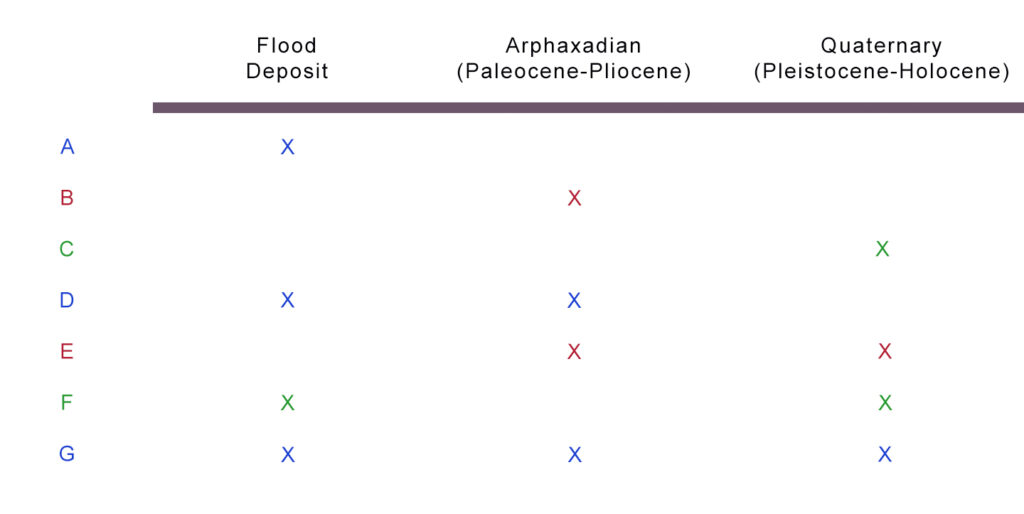
This gives us seven possible patterns in the fossil record. (Eight, if we include the possibility of a baraminic lineage that has never been preserved in the fossil record and no longer exists today.)
Type A lineages include organisms, like the various trilobite, pterosaur, mosasaur, and non-avian dinosaur lineages, that are only found in Flood sediments and are not living today (as far as we know), whether or not any survived on the Ark.
Type B lineages include organisms found only in ‘Arphaxadian’ deposits (approx. Paleocene to Pliocene), such as the aquatic desmostylians, large aquatic mammals that are only found in Oligocene to Miocene deposits. Another such group, the Sparassodonta, was an order of carnivorous metatherians found only in Paleocene to Pliocene deposits in South America.
Type C lineages include organisms that are only recorded in the Pleistocene and Holocene (Quaternary), as the majority of Flood models recognize that these must be post-Flood fossils and subfossils. This particularly refers to humans, as we do not find human remains in Flood deposits or in the post-Flood record prior to the Pleistocene.
Type D lineages are found only in Flood and Arphaxadian deposits. These include organisms that are known to have crossed the Flood boundary, but usually did not survive long. In some instances, these could indicate Flood deposits that are misrepresented as Cenozoic deposits. Multituberculate mammals (broadly, as an order, thus possibly multiple baraminic lineages) are found in Flood deposits (Jurassic to Cretaceous) and post-Flood (Paleocene to Eocene) deposits. The semiaquatic, reptilian choristoderes are found in Flood deposits (Jurassic to Cretaceous) and post-Flood (Paleocene to Miocene) deposits.
Type E lineages are found only in Arphaxadian deposits, first appearing in the early or mid-Cenozoic and surviving into the Quaternary. These would include most Cenozoic mammal lineages, e.g., the Felidae, the Canidae, the Equidae, etc. Not all lineages survived to today: the Phorusrhacidae (‘terror birds’) of South America, for example, died out in the Late Pleistocene.
Type F lineages are a form of ‘Lazarus taxa.’ Such a lineage can be found in Flood deposits and has been found in Quaternary deposits (or is living today). One well-known example of this is the class Monoplacophora, deep-sea mollusks that were believed to have died out in the Devonian (which would be Flood deposit for creationists). In 1952, a live monoplacophoran was discovered in a deep-sea trench off Costa Rica, subsequently placed in the order Tryblidiida which now includes a number of extant genera.
Type G lineages can be found most broadly, in Flood, Arphaxadian, and Quaternary deposits. Some of these lineages include organisms considered by secularists to be ‘living fossils.’ The living graptolite genus Rhabdopleura is known from fossils in Flood deposits (down to Middle Cambrian) and in Eocene deposits. The sphenodontine Rhynchocephalia includes Jurassic fossils from Mexico, along with Miocene New Zealand jaw and tooth fragments identical with those of the living tuatara.
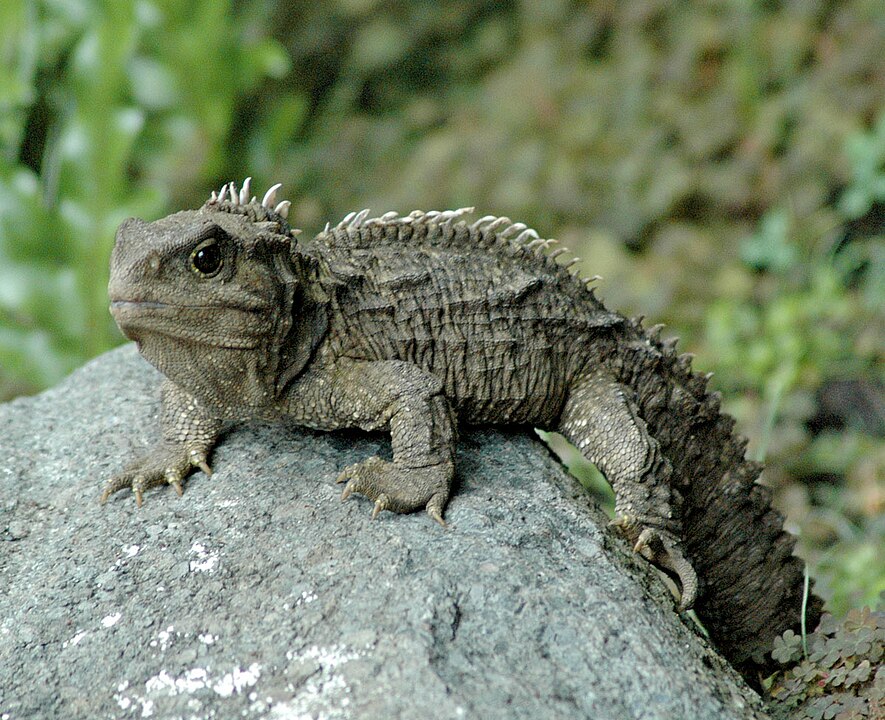
So do these patterns tell us anything special about the Flood boundary? The first thing to understand is that several of these patterns are the result of observational artifacts due to incomplete fossilization of biomes or incomplete discovery of fossil organisms. All lineages that have modern examples have the potential to be Type G lineages. All terrestrial vertebrate lineages have the potential to be either Type D or Type G lineages (because they were represented by at least one pair on the Ark).
Secular paleontologists and biologists refer to inferred missing phylogenetic ancestors as ‘ghost lineages.’ For creationists, missing biostratigraphic connections within baraminic lineages are also ‘phantoms’ of a sort. We can fill in the above chart to show how this would look:
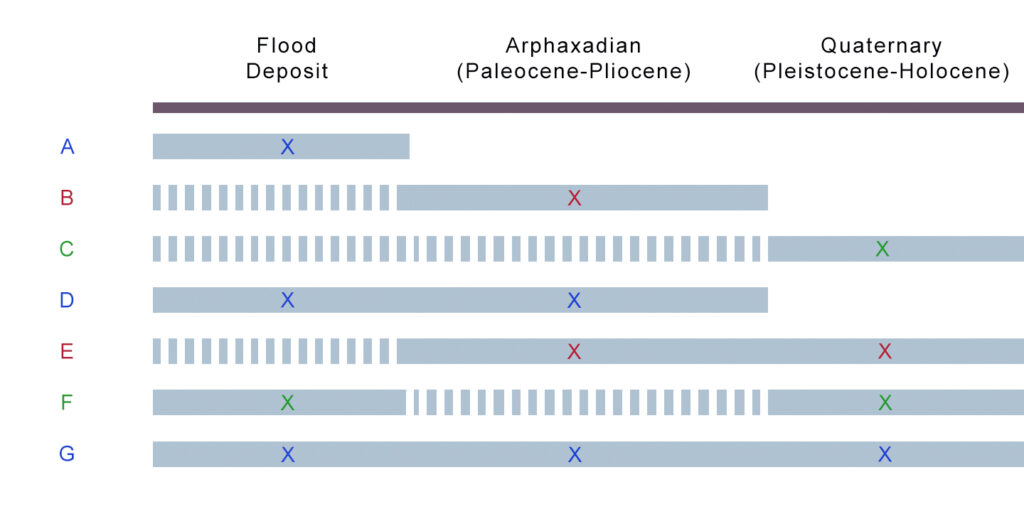
There are hundreds (thousands?) of baraminic lineages that end with the Flood. Two millennia of extensive and spectacular diversification is wiped out. Fish, reptiles, amphibians, vertebrates that don’t neatly fit within those categories, and so many invertebrates (along with strange plants and fungi) disappear without any further trace. Even mammals and birds, which would have had representation on the Ark, are mostly very different from what shows up above Cretaceous layers. This is significant to our understanding of what happened with the Flood. There wasn’t just a ‘dinosaur peninsula’ (as some creationists speculate) before the Flood. There were vast and diverse regions filled with creatures that no longer walk this planet. (The extensive spread of Flood fossil layers on every continent attests to that.)
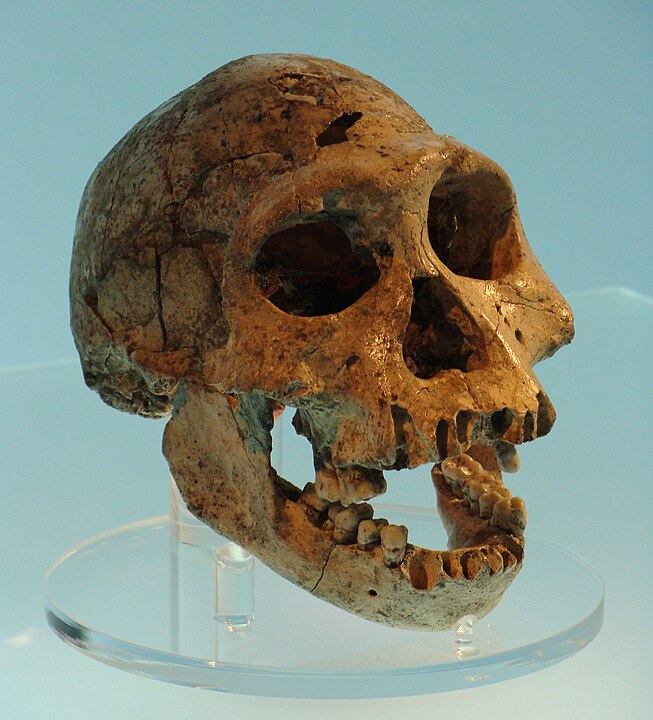
As significant, we do not find human fossils in Flood strata. Correlated to the lack of direct ancestors to most modern terrestrial baraminic lineages in Flood strata, this suggests missing data. As the Flood was primarily a judgment on human depravity, it is probable that the Floodwaters removed all traces of antediluvian civilization. It is unlikely that the Flood did so by simply picking out and pulverizing human elements over a broad supercontinent while leaving everything else to be fossilized. It is more likely the Flood utterly destroyed the particular landscape on which humanity resided, along with everything else on that particular landscape. This would explain the lack of most familiar mammalian baraminic lineages elsewhere, if there was a separate ecosystem more compatible with human and mammalian preferences. This provides opportunity for a prediction: if true human fossils are ever found in Flood deposits, that strata will probably show examples of terrestrial mammals within modern baraminic lineages (or vice versa).
The Arphaxadian Epoch was one of transitional movement and diversification after the Flood. It is likely that most mammalian lineages had little opportunity to diversify prior to the Flood, if they were forced to remain (ensured by vigorous competition and/or predation) on a limited landscape. With so many baraminic lineages gone after the Flood, the mammals truly had opportunity to adapt and spread throughout the Earth. During this period, humanity was still building its population, and clustered in a small area. This is before Babel, and human excursions (demonstrated by artifact appearance) do not appear to occur before the Quaternary. The Earth is still undergoing local catastrophism in various regions due to tectonics, volcanism, and local flooding, which gives us snapshots of post-Flood faunal movement and speciation events.
Why don’t we see more terrestrial baramins from Flood deposits, in the Arphaxadian Epoch or Quaternary? This a question that applies regardless of where you place the Flood boundary. Dinosaurs were on the Ark. I suspect that environmental stability (or rather lack of it) had quite a bit to do with this. Mammals were far more adaptable to a constantly changing environment, most lineages capable of producing live young and often in short time frames. They were simply better able to deal with environmental obstacles. As they diversified, they adapted to local environments, which was a double-edged sword. Sometimes the more a lineage diversifies, the less adaptable it becomes. So, we see many Arphaxadian lineages vigorously diversify, but then begin to die out. In some lineages with hundreds of species, only a few may survive today.
The fossil record is essentially a record of survival and extinction patterns. While God mercifully provided an Ark for many of His created kinds, many others did not survive the Flood, did not survive long after the Flood, or persisted for hundreds or thousands of years only to meet extinction. We cannot say that extinction itself is diagnostic of the Flood. Death entered the world after man’s sin, and its effects have disrupted the natural world from the very beginning to the present day. Sin and its consequence, Death, are responsible for the extinction of created kinds. There may well have been extinction prior to the Flood (as the earth was filled with violence), and extinction continued to be part of the natural world after the Flood.
Understanding what the different patterns indicate, especially when elements appear to be missing, allow us to piece together a sensible history of the natural world that is consistent with Biblical chronology. (And, hopefully, ask better questions.) Creationists should consider carefully both the distinct faunal change between Flood and Arphaxadian deposits, as well as the orderly progression of diversification and geographical expansion in baraminic lineages within the Arphaxadian Epoch itself. This is powerful evidence of a global catastrophic event followed by the rebuilding of ecological systems over time throughout the earth.

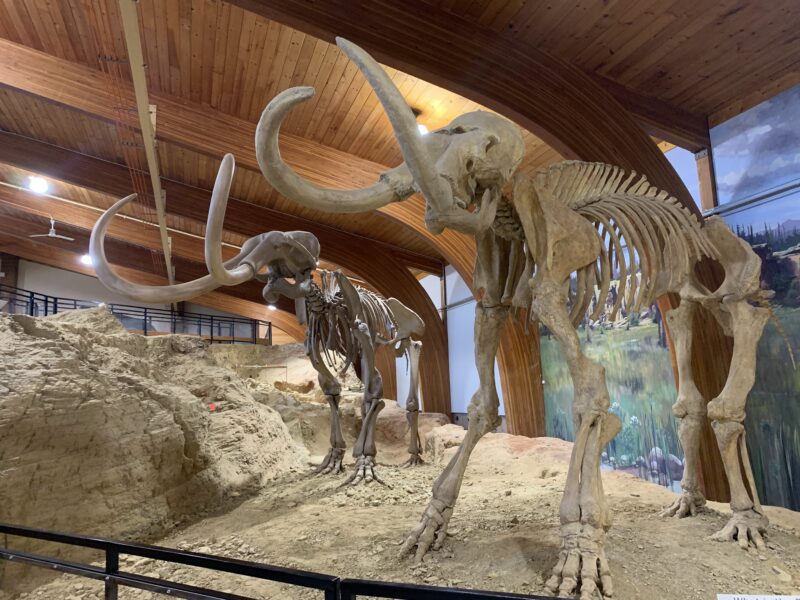





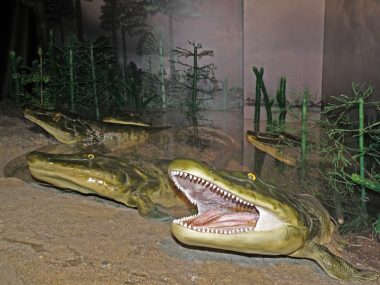
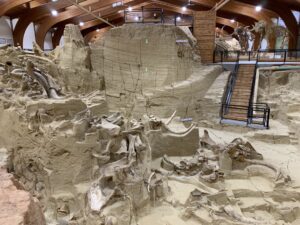



I have read the authors blog and he does superior research on fauna story on earth. Indeed organized creationism must owe up that creatures before the flood and after are seemingly unrecognizable in relationship.
Thats the great point. noah never saw camels, lions, bears, or elephants walk on the ark. instead it must be that kinds is so inclusive and not many that living creatures are indeed the same creature as onl;y found in fossils. thus there were no dinosaurs but instead they wwere just the creature we have today morphed in bodyplans. so theropod dinos are all just birds and brontosaurus is today a camel or horse etc etc. Insects and sea creatures likewise are the same kinds whether before the flood or after. God never made the odd looking creatures we had. they are post fall morphing exercises for survival. The ark did not have many insect, bird, firrry, kinds of creatures. the preflood diversity rebooted at the ark and after exploded again in diversity. One will never find below the k-t line the creatures we eat today.
I don’t consider a high Cenozoic upper flood boundary to be crazy. The geological evidence is strongly in favor of a high Cenozoic upper flood boundary, as geologist Dr. Tim Clarey has amply documented. And after many years of trying to support a Cretaceous/Paleogene upper flood boundary, Dr. Leonard Brand has recently returned to a high Cenozoic upper flood boundary. Although he is a paleontologist, he says that geology simply does not allow an upper flood boundary at the K-P level in the geologic column. I realize that paleontology is harder to explain with a high Cenozoic upper flood boundary, and I think this requires further research.
Well thoughtful creationists say that but they are wrong. its
the great fossil segregation in biology that demands a great event. Plus the great geology action like laying down sedimentary rock almost everywhere. This must be the great event of the flood year. After the flood one must allow also local BUT great events. these events laid some sedimentary strata and fossilized modern looking assemblages of creatures. however creationists must have imagination to allow post flood great events in geology etc.The biology first defines the ages hiwever. it all works well.
I would encourage you to read Tim Clarey’s recent book “Carved In Stone,” at least to interact with the other view and weigh its strengths and weaknesses. I realize there are fossil difficulties with the high Cenozoic view, but the vast amount of Cenozoic sediment points to something more than local catastrophes. You can end the flood at the KP boundary if you wish, but in that case, you need to posit another global catastrophe that followed the flood.
Regarding “This points to a wider issue: how and where organisms show up in the fossil record and how we as creationists understand those patterns.” The problem being that you don’t understand the patterns. You can’t, because you’ve already denied all the analytics that undeniably refute your worldview that incorporates a global flood. This allows you to make up things that perhaps sound like they have some sort of legitimacy, but in actual reality are just a big word salad.